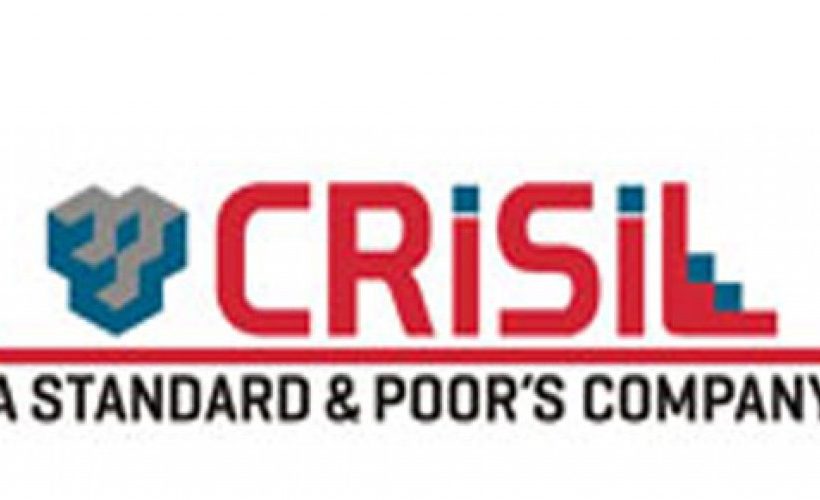
CRISIL’s analysis of the liquidity position of the large non-banks – both non-banking financial companies (NBFCs) and housing finance companies (HFCs) – that it rates, shows that they are maintaining adequate liquidity buffer to manage mismatches, if any, in their asset-liability maturity (ALM) profiles.
Krishnan Sitaraman, Senior Director, CRISIL Ratings, “In an environment where access to funding has become a function of market confidence, the quantum and quality of such liquidity cushion will be the key differentiator. That said, the business fundamentals of non-banks – such as growth potential, asset quality and capitalisation – still look solid.”
CRISIL’s analysis of the ALM profiles of its large, rated non-banks reveals the following:
1) NBFCs operating in shorter-tenure loan assets such as consumer durables, microfinance, two-wheelers and personal loans are comfortably placed with positive gap1 in the ‘up to 6 months’ maturity bucket. This is even without considering unutilized / undrawn bank lines.
2) For NBFCs operating in other asset classes such as vehicle finance, small and medium enterprise (SME) loans and loans against property (LAP), some of them reported a negative gap in the ‘up to 6 months’ bucket with the proportion of short-term borrowings (including commercial paper) being the key driver. However, if the liquidity cushion available in the form of unutilised / undrawn bank lines is taken into consideration, the negative gaps turned positive across maturity buckets up to 1 year.
3) Expectedly, HFCs have negative gaps in operating cash flows in most maturity buckets ‘up to 6 months’, which is typical to the business. However, some of the larger HFCs do maintain cash and equivalents to more than offset this mismatch. And, if the unutilised / undrawn bank lines are taken into consideration, other HFCs will also show a positive gap.



